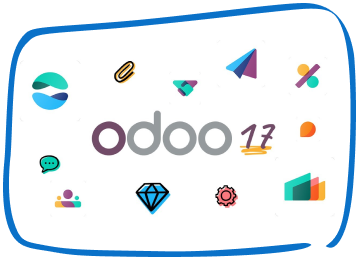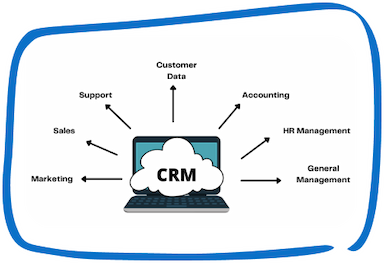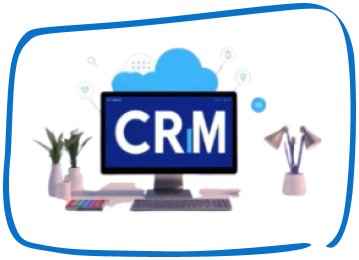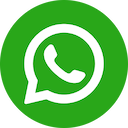TallyPrime’s company management software has the built-in capability to record point-of-sale invoices. It prints the invoices in the Point of Sale format and accepts a variety of payment methods, including cash, cheque, credit, and gift cards. Let’s figure out how TallyPrime is one of the best Point-of-sale software for businesses.
What is POS Software
The location and time at which a retail transaction is finished are known as the point of sale or POS. At the point of sale, the merchant computes the amount the consumer owes, displays that amount, may create an invoice for the customer, and displays the available payment alternatives.
In addition, it serves as the location where clients pay suppliers in return for products or services rendered. A transaction receipt, which is often printed but is increasingly being dispensed with or provided electronically, may be issued by the merchant upon receipt of payment.
Why Do Businesses Need POS Software?
The fact that POS systems eliminate the need for price tags is one of the most evident and persuasive reasons why businesses are implementing them more and more these days. The cashier only needs to scan this code to complete a sale because the price to sell is here immediately linked to the product code of an item when adding stock.
Transform Your Business with POS
Simplify your transactions, manage inventory, and boost customer service with our efficient POS system. Ideal for retail, restaurants, and more, our POS system is designed to streamline operations and drive growth.
Even in the event of a price adjustment, you can simply accomplish this through the inventory window. A POS system also makes it possible to implement several kinds of discounts, create a customer loyalty program, and improve stock control.
POS Software Features
- Invoicing and Billing
- Record payment information, including card, cash, and cheque.
- Integration of Accounting and Inventory
- Stock Keeping
- One software to handle your inventor, POS billing, and accounting
- A broad range of insightful business reports
- Management of accounts payable and receivable
The Development and History of Point-of-Sale Software
Electronic Cash Register, in the early 1990s
Proprietary software operated early electronic cash registers (ECRs), which had limited functionality and communication capabilities.
1973, Mainframe computers
This system was the first to integrate peer-to-peer communications, client-server technologies, and local area networks (LANs) for remote initialization and simultaneous backups in a commercial setting.
1974- Cash register systems
- Microprocessors managed cash register systems.
- a unique, personalized device
- that shows the customer’s whole order
- For each menu option, there was a button and a set of numeric keys.
- Pressing a button on the hardware device allows the processing of a second or third order while completing the initial transaction. When the consumer was ready to pay, the machine’s [Total] button would compute the cost, including sales tax for practically all areas.
Post 1990s- Modern Software
- Various platforms’ developers equipped proprietary POS Terminals with a variety of POS apps.
- The availability of processing power, networking, graphical user interface, and local data storage allowed for the development of highly functional and adaptable point-of-sale (POS) systems.
Present day - Current off-the-shelf variants
- Specifically, off-the-shelf computer programs like Tally. Compared to proprietary POS terminals, ERP 9 was typically more recent and therefore more potent.
- Because they can be used with laptops, tablets, and many other compatible devices, these are more portable than standard POS terminals and can have custom changes added as needed.
- The benefit of the latter is that food and beverage enterprises can benefit from the fact that they are usually made to resist spills and hard handling.
Important requirements that companies look for in POS systems
- A fast and steady operating pace
- Reliability
- Accessibility
- Remote assistance
- Rich functionality at a low cost
Why Choose TallyPrime for Point-of-Sale Software?
The computerized cash register in Tally’s POS automatically adjusts inventory levels to reflect the quantity sold, calculates the sales total, and determines the balance that needs to be repaid to the buyer.
The TallyPrime customized POS feature can make your retail operations more efficient. It streamlines retail operations by automating the “Checkout” process with its user-friendly sophisticated capabilities. It is a complete POS software solution that just requires a single setting to activate the POS capability.
Benefits of POS software
- Usability. The major factor making TallyPrime’s POS function user-friendly is its graphical interface.
- Entry of sales information. Users can manually enter inventory codes into TallyPrime or automatically input them using a barcode scanner. The system retrieves the standard or sales price upon entering the inventory code, calculates the price at various amounts, and displays a running total.
- To keep product details updated. The Tally POS System instantly changes inventory and accounts receivable information when someone enters a sale.
Do more with POS Software solution
- To monitor sales. Different companies receive payment in various ways. For instance, a repair or service shop needs a system that enables them to pause sales since they frequently leave invoices open until the work is finished.
- In another scenario, when someone offers us pricey items for sale with the option of installment payments, we would appreciate having a loan calculator to compute our monthly installments.
- Encryption and Decryption. To avoid theft in retail operations, strict supervision over cash receipts is necessary. additionally to offer an audit trial so that we can track down any issues
- Creating invoices. Customized POS software from Tally also facilitates the creation of POS invoices that include the transaction date and time.
- Transactions with Debit Cards and Cash/Credit. The bespoke point-of-sale system facilitates transactions involving cash and credit/debit cards and permits many payment options for a single invoice.
- Amount of tendering exchange. Tally’s point-of-sale software facilitates tracking buyer balances that need reimbursement from the money tendered.
- Scan Bar Codes. Additionally, it makes bar code reading of SKUs (or goods) easier.
- Reports for boosting sales. Allows for the quantitative tracking of sales campaigns
- Maintaining stock levels and placing new orders. Lets users access inventory levels and choose how quickly to match floor counts with inventory.
- Increases in profit margins. It contributes to increased productivity and income since sale point processes are more dependable, quick, and efficient.
Boost Efficiency with POS System
Speed up sales, improve customer experiences, and gain real-time insights into your business with our reliable POS system. A perfect solution for all your transaction and inventory needs.
The Bottom Line
The location and time at which a retail transaction is finished are known as the point of sale or POS. At the point of sale, the merchant computes the amount the consumer owes, displays that amount, may create an invoice for the customer, and displays the available payment alternatives.
Businesses need their systems to grow with them and without customization, it becomes challenging for them. Penieltech takes care of all the business processes that happen with retailers, manufacturers, etc., The experts will handle all your issues with dedication and incredible knowledge. Contact these experts today and get the best customization in hand.
Speak with Our Team!
4.9 Stars
1k+ reviews on







